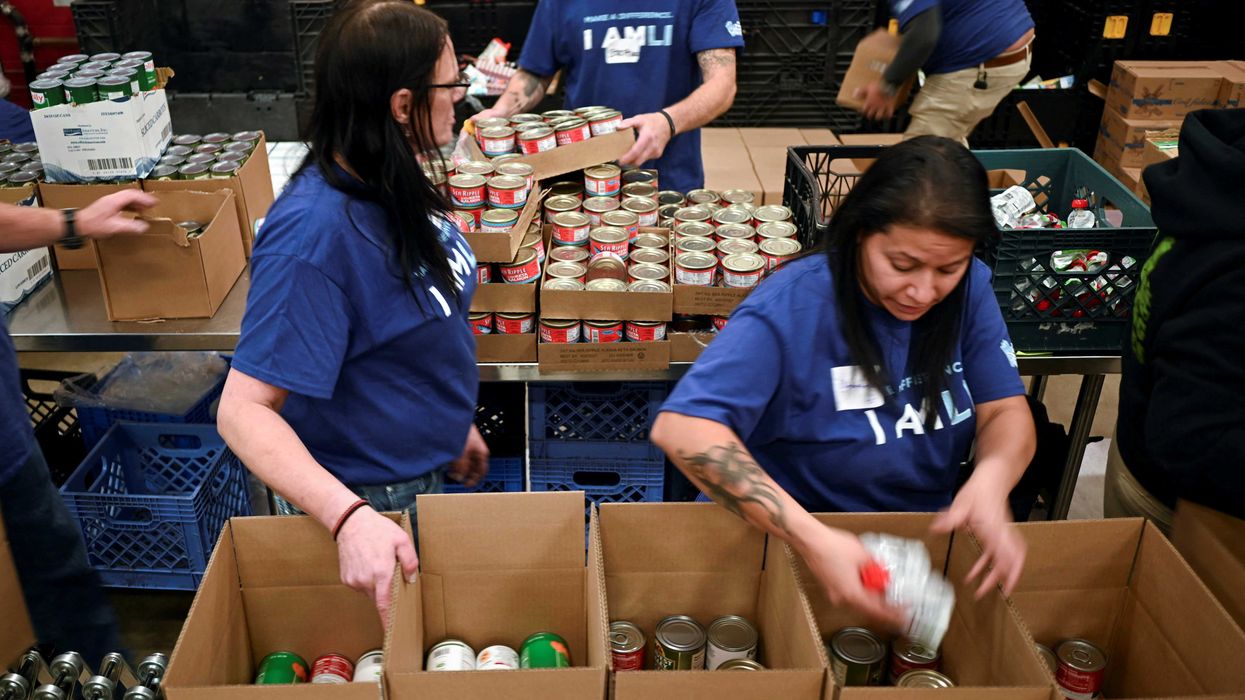Three South Dakota counties have some of the highest percentages of federal food assistance participation in the country, based on a report from the Center for American Progress.
The report highlights retailers and areas most at risk of being harmed by changes to the Supplemental Nutrition Assistance Program.
Amid the federal government shutdown, President Donald Trump’s administration has said it will eventually run out of money to fund SNAP benefits or will have to reduce benefits for the program, which provides 42 million low-income Americans — including 75,000 South Dakotans — with payment cards they can use to buy food. A federal judge on Thursday ordered the Trump administration to pay full November SNAP benefits by Friday.
South Dakota has counties with the nation’s third-, sixth- and eighth-highest percentages of residents utilizing SNAP, according to the Center for American Progress report. Those are Todd County, where 49.3% of residents use SNAP, Ziebach County (43.5%) and Oglala Lakota County (43%).
The counties include tribal lands of the Rosebud, Cheyenne River and Oglala Sioux tribes, respectively.
Rosebud Sioux Tribe President Kathleen Wooden Knife wrote a letter to South Dakota’s congressional delegates in October, urging them to reopen the government. Wooden Knife wrote that 60% to 70% of Rosebud tribal members, some of whom live off tribal land, rely on SNAP.
Sicangu Co., an economic development organization based on Rosebud land, plans to harvest and process five bison to distribute to SNAP recipients across the Rosebud Reservation. The estimated cost for the effort is about $10,000.
RF Buche, with GF Buche Foods, said the grocery and convenience store chain will offer $100 worth of groceries to each SNAP household if funds aren’t processed by Nov. 10 (SNAP benefits in South Dakota are loaded onto payment cards on the 10th of every month). GF Buche stores are largely on or near tribal land.
Republican South Dakota Gov. Larry Rhoden told South Dakota Searchlight earlier this week he would not support using any state funds to supplement SNAP payments during the shutdown.
The state Department of Social Services, which administers SNAP in South Dakota, has said it’s monitoring the rapidly evolving situation and has not yet provided any public guidance on its plan for November benefits.


